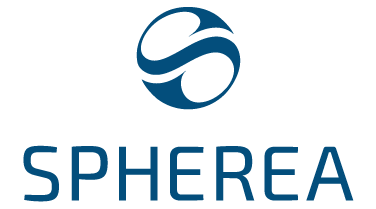Testability of your equipment AND SYSTEMS
The architecture of systems is becoming increasingly complex through the growing integration of rich functionalities in the subsystems via the technological evolution of embedded computers.
Historically, testability has been about optimising maintenance testing of equipment to detect failures and diagnose which components need to be replaced in order to get the equipment back to working order. This field of engineering is complementary to Systems Engineering and Dependability. The trend towards embedding functional testing and diagnostics in equipment to increase the resilience of systems is leading to the integration of some testing as equipment and system functionality. Similarly, Integrated Vehicle Health Monitoring functions link the need for measurement to the operational phases of systems.
These developments are decompartmentalising the traditionally distinct areas of development, production and maintenance testing. For this reason, the SPHEREA teams are now extending the field of testability to all the tests carried out during the life cycle of a piece of equipment in order to have a global approach to the implementation of the test strategy of a system. This approach is essential to achieve rapid evolutions and upgrades of critical systems that ensure the safety of the end-users of a complex or critical system. This capability is today a constant challenge for equipment manufacturers, defence user services and logistics.
SPHEREA provides its know-how and solutions to verify the testability of your equipment and systems, to detect their failures and to check their performance.
A testability service focuses on the definition, optimisation and control of tests associated with a system. These tests can be off-board or on-board.
MBSE
In order to optimise the integration of test strategies into the design engineering process of our customers, SPHEREA teams work on the convergence of the System Engineering, Dependability and Testability domains. The objective of performance and integration of the different activities as well as the internal needs of our company have led us to master and implement Model Based System Engineering techniques. The SPHEREA teams chose the ARCADIA method and the CAPELLA tool for an initial integration.
The fluidity of data exchanges between the design environment, the Functional Reliability Analysis tool and the Test Engineering world is the way to ensure that the designers have an environment that allows iterative or progressive developments and to obtain as soon as possible a system that is functional, stable and maintainable. Maturity is acquired as soon as possible with an engineering environment that allows optimal feedback to the designers by offering points of view adapted to each business line, functional, structural, reliability and testability.
